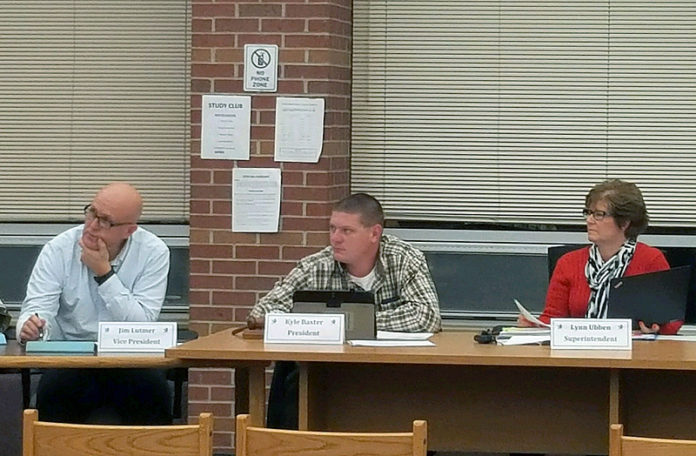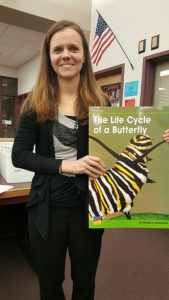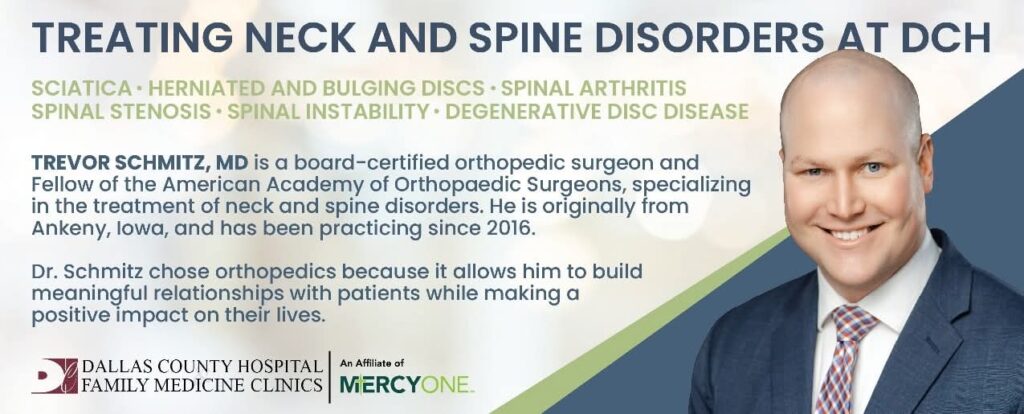
As part of the continuing efforts to increase the quality of education offered in local schools, teachers from the Perry Community School District recently attended a series of conferences, and their reports back to the PCSD Board of Education highlighted the Board’s December meeting Monday.
Laura Skeel, Director of Learning Supports, introduced Cindy Jafvert from the Perry Middle School, instructor coach Jen Nicholson from the Perry Elementary School and third grade English Language Learner (ELL) teach Jordan Bettis. All had attended a recent Iowa Culture and Learning Conference.
Jafvert said she appreciated the opportunity to network with fellow teachers and share ideas. She noted in particular a session she attended on Math Talk, focusing on adding academic vocabulary and new ways for seventh and eighth graders to improve their writing skills.
Nicholson joined her co-attendees in stressing the value of sharing ideas with colleagues and hearing of new approaches to current problems.
“I learned there are new ways to look at our efforts and see whether there are areas that need to be addressed or not,” she said. “I also think that our success in co-teaching is starting to show results and am looking forward to seeing how much better we can be at it as we become more experienced.”
Bettis said it was important to recognize that it was unwise to expect immediate success in ELL and instead to focus on steady improvement.

“It takes the average student who is just learning English about six years to be reach a grade-level of understanding,” she explained. “If we have a student who is first exposed in third grade, on average they will not be at grade-level until they are freshmen. Our job is to make sure progress is being made at each level, so that when they do enter high school they are equal with their peers. It is very much a long-term approach, but it has to be.”
PHS Special Education Teacher Veronica Coy discussed the ongoing objectives of the AEA (Area Education Agency), the primary goal of which is to assist students with special needs.
Coy noted every district in Dallas County meets monthly, with a goal to increase access to services for such students.
“What we want is to be there to help these kids make the transition to life after high school,” Coy said. “We work very hard to teach life skills to help make that jump as smooth as possible, and we are constantly asking ourselves what we can do to help all of our kids, no matter their level, because we do have quite a range in abilities and needs.”
The board also heard from Director of Teaching and Learning Kevin Vidergar, who introduced first grade teacher Crystal Andrews, who spoke on behalf of a group of teachers who attended the National Science Teachers Association Regional Conference in Minneapolis Oct. 27.
Vidergar said changing approaches science standards and requirements were altering the way the subject is taught at the elementary level.
“It used to be ‘What do we need students to know about science?’ but now the focus in becoming ‘How do we teach kids to think like a scientist?’ while still giving them a foundation,” he said.
Andrews said she left the conference inspired and with new ideas about teaching the discipline to her students.
“It got me excited to teach science, which had always been a subject that is not the easiest to get across,” she noted. “There is a big push to meet reading and math standards, and the question remains — how do we fit science in?”
She said one new approach was to teach science not so much as a distinct content area, but rather to blend it in to other areas, revealing how science has a role in many subjects.
Andrews discussed a recent hands-on experience for her students in which caterpillars were brought into the classroom. Through the metamorphosis into a butterfly the students learned about sequencing. They were able to discuss and write about the changes they observed and measure the changes they witnessed, incorporating a science lesson into both math and writing.
Joining Andrews at the conference were Christine Gage (kindergarten), Julie Elliott (second grade), Daisy Diaz (third grade), Emily Lane (fourth grade) and Corey Myers (fifth grade).
Following Andrews were Board President Kyle Baxter and Directors Marjean Gries and Linda Andorf, who shared some of what they had leared at the annual conference of the Iowa Association of School Boards, held last month at the Iowa Events Center in Des Moines.
Baxter spoke of the IASB’s legislative priorities, the lead of which was a push for full school funding, both at higher levels and the setting of such rates in a timely manner. He also spoke of the so-called “school penny” and noted that increased on-line shopping — which is not subject to the tax — has reduced the amount collected by the funding means of over $100,000 less than just three years ago.
Gries spoke of the Every Child Succeeds Act, a set of federal standards which has replaced No Child Left Behind. She said she was happy to discover that testing under new guidelines appears to offer more flexibility.
Andorf attended a session on at-risk students “Building Bridges Out of Poverty: Changing Mindsets.” There, she explained, one of the major topics discussed was the need to overcome social barriers before substantial learning can occur.
The PCSD Board of Education meets the second Monday of each month at 6:30 p.m. in the Brady Library at PHS.

















